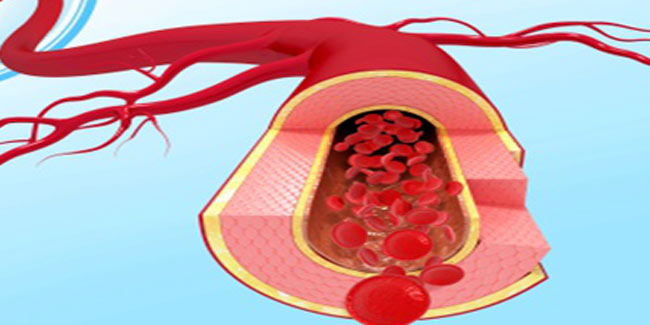
An aneurysm is a balloon like bulge in the arteries carrying oxygen rich blood to the body. The thick walls of the arteries help them to withstand the normal blood pressure. Some medical problems, genetic condition and severe trauma can injure these arteries resulting in aneurysm. An aneurysm can lead to bleeding inside the body while a dissection splits in one or more layers of the artery wall. 
Table of Content:-
Causes of Aneurysm
The combined effect of blood force and damage or injury to the artery’s walls can result in aneurysm. Certain conditions and factors like aging, smoking, high blood pressure and atherosclerosis can also damage the walls of the aorta and cause aortic aneurysms. Infections like syphilis can lead to the aortic aneurysms.
Signs and Symptoms
Signs and symptoms mainly depend upon the type and location of the aneurysm. The symptoms include:
- Throbbing feeling in the abdomen
- Pain in the back or in abdomen
- Steady, gnawing pain in the abdomen that lasts for hours or days.
- vomiting
- Consitipation
- urination problems
- Sweaty skin

Treatment
Aortic aneurysms can be treated with surgery and proper medications. The goal of the treatment is to prevent the growth and dissection of aneurysm, prevents the reverse damage to the other body parts. Medicines are given to lower the blood pressure and relax the blood vessels thus reducing the risk of getting aneurysm. Surgery is recommended if the aneurysm grows quickly and has the high risk of getting dissected.
Living with an Aneurysm
Diagnosis and treatment of an aneurysm helps in preventing the rupture and dissection. Proper medical care should be taken even after the treatment. One should avoid any kind of emotional stress. Strong emotion can rupture or dissect an aneurysm as the blood pressure gets raised when you are high on emotions. Thereby, it is better to avoid such emotional crises situations if you are dealing with an aneurysm.
How we keep this article up to date:
We work with experts and keep a close eye on the latest in health and wellness. Whenever there is a new research or helpful information, we update our articles with accurate and useful advice.
Current Version
